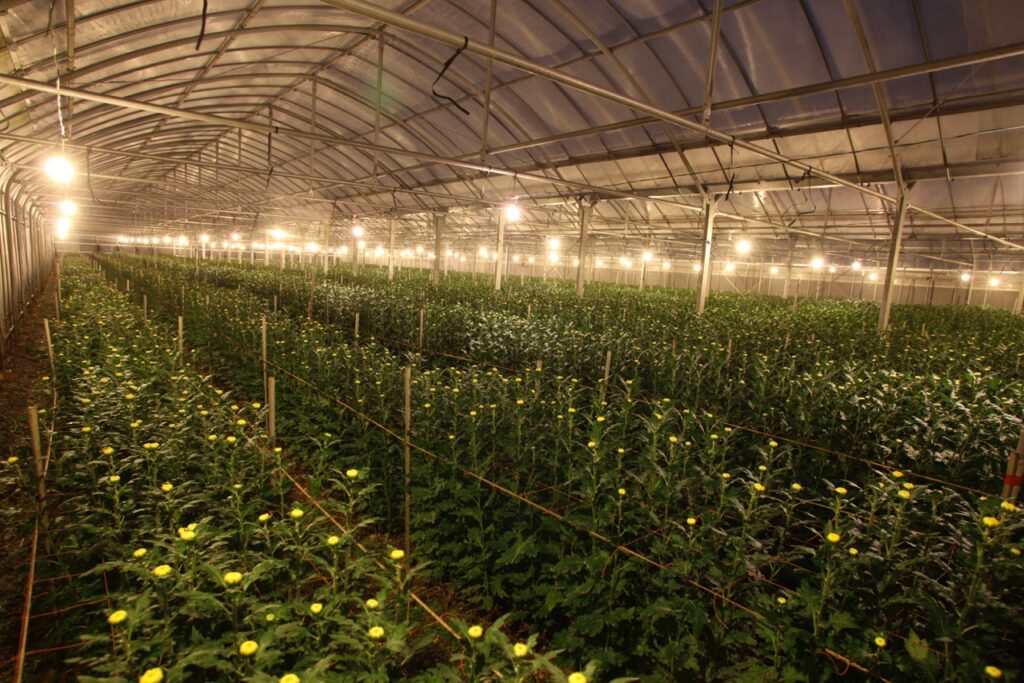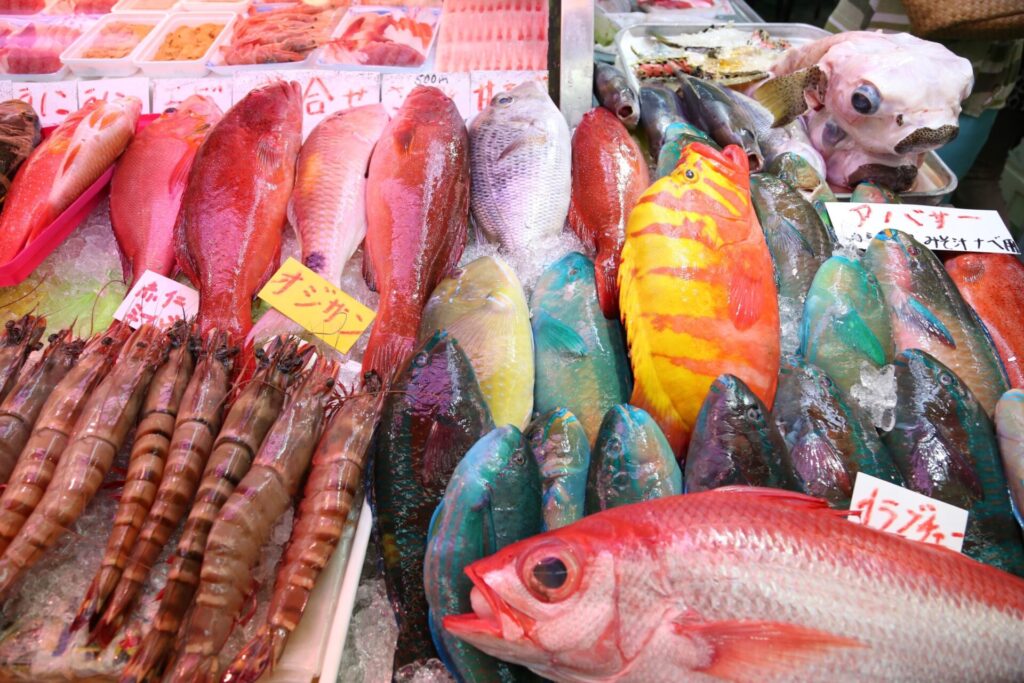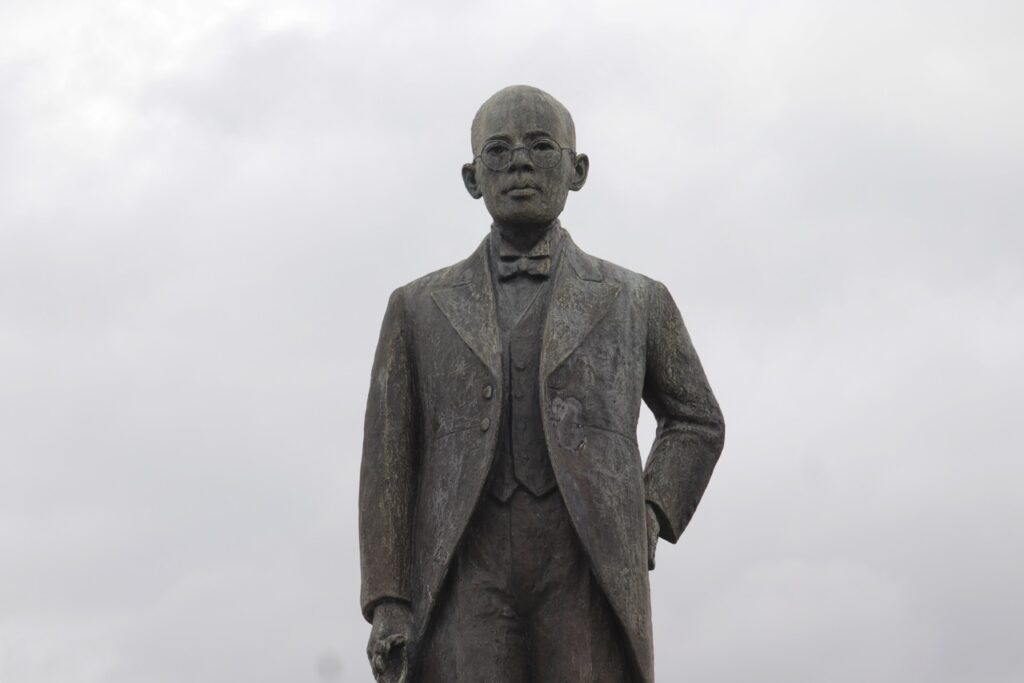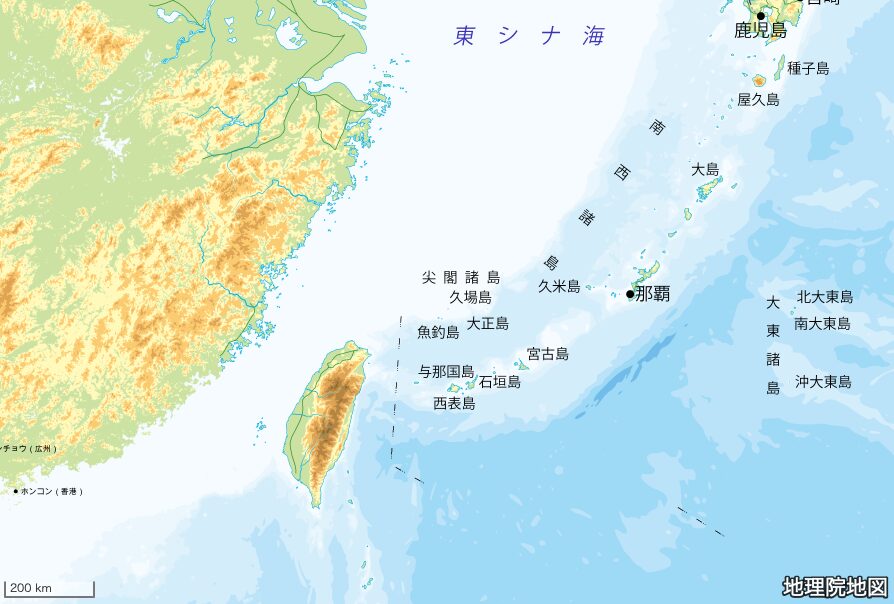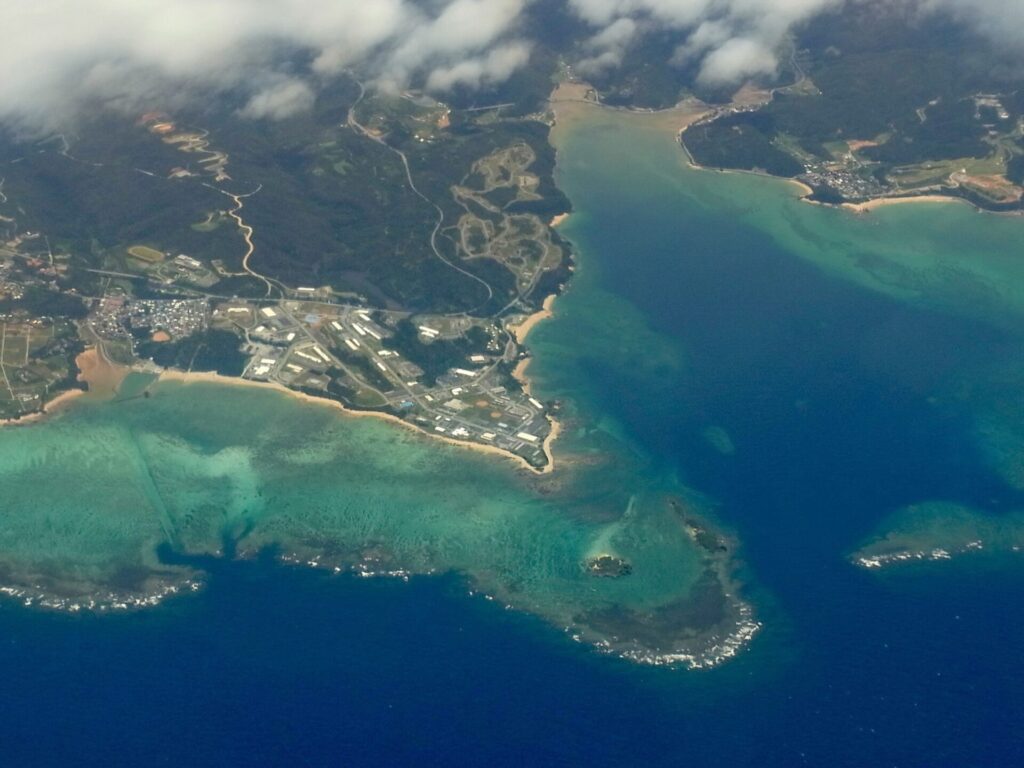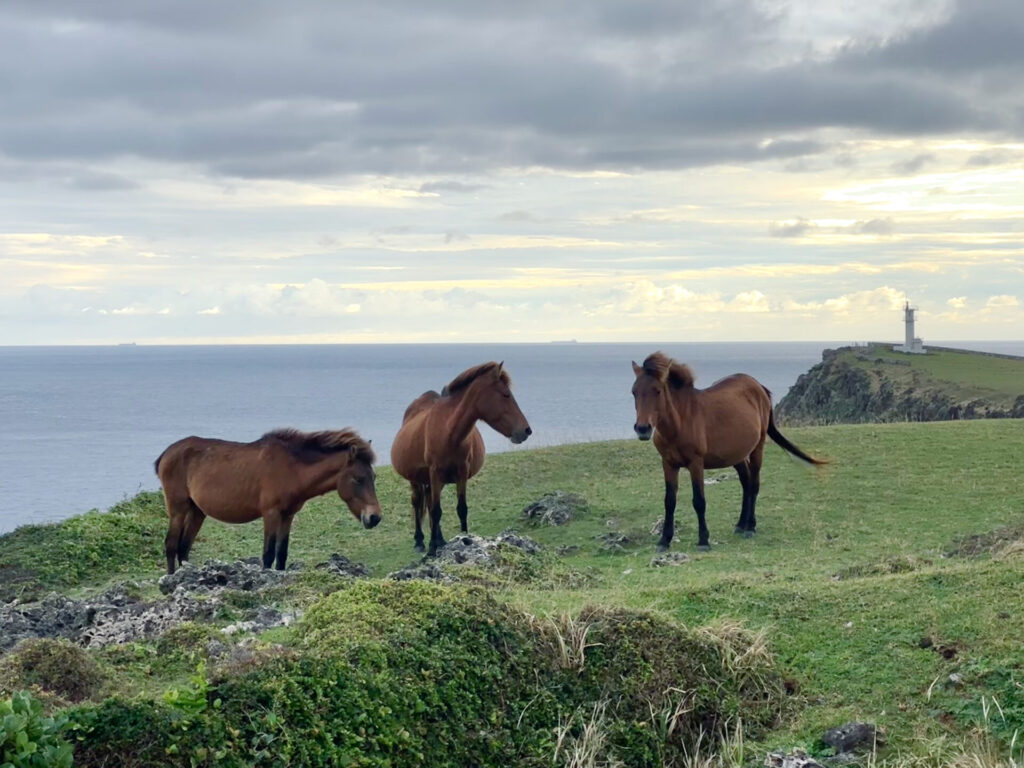Karate

Okinawa Prefecture was once the Ryukyu Kingdom. It enjoyed a thriving trade and exchange with Southeast Asia, Korea, Japan, and China. Because the Ryukyu Islands lacked arable land and natural resources, they formed friendly relationships with neighboring countries and acted as intermediaries in trade. But Okinawans faced many dangers when they traveled overseas or encountered pirates, and they needed to protect their lives and property.
Because of external threats to this tiny independent kingdom, people developed tī, a method of self-defense literally meaning “hand.” They also learned from the martial arts of neighboring countries and, using tī as the fundamental basis, perfected karate, the ideal martial art. Until the early Meiji Era in the latter half of the nineteenth century, however, karate was a closely kept secret within schools of the practitioners and was virtually unknown to outsiders.
It was not until after the so-called Ryukyu Disposition and subsequent Japanese annexation in 1879 that karate became available to the general public.
When new educational systems and military conscription were introduced, students had to undergo physical examinations. Students who had been secretly practicing karate were found to have excellent physiques, and school and military doctors confirmed that they were better athletes as well. Later, the prefectural middle schools and the normal schools implemented karate in their physical education curricula. Karate demonstrations were also performed in theatres.
Around 1916 or 1917, karate was introduced to places outside of Okinawa. In 1922, Okinawa sent Funakoshi Gichin to the First Athletics Exposition in Tokyo. He remained in Tokyo where he devoted himself to karate instruction. Other karate experts also went to Tokyo and contributed to the dissemination and development of martial art all over Japan.
Meanwhile overseas, Yabu Kentsu introduced karate to Hawaii in 1927, and in 1934, at the invitation of the local Hawaiian newspaper Yōen Jihō, Miyagi Chōjun arrived as well. After World War II, American military personnel stationed in Okinawa learned karate, and after finishing their service, they returned to the mainland and taught it all over the U.S. Okinawan instructors also taught and disseminated karate throughout the U.S. and Europe.
By training through karate, the whole body becomes a weapon. Techniques are divided into hand techniques, foot techniques, and others. The basic moves include blocking, attacking, kicking, and dodging, and by linking these movements together, one makes a kata, a form. Traditional Okinawan karate begins and ends with the form, and practicing those forms is still a primary focus with today’s practitioners. Currently, there are about forty forms, including naihanchi, sanchin, and kūsankū. Originally, there were only two schools of karate: Shōrei-ryū and Shōrin-ryū. After the war, four main schools emerged: Shōrin-ryū, Gōjū-ryū, Matsubayashi-ryū, and Uechi-ryū. Now there are over fifty schools and societies, and they continue to branch.
Karate is characteristic because it can be practiced anywhere, anytime without a special place or equipment. Practicing karate makes you physically strong and mentally fit, calm, self-confident, and courageous. Karate is not just for fighting or winning tournaments. Through daily practice, it trains one’s mind and body and allows one to become a courteous and kind-hearted member of society.







